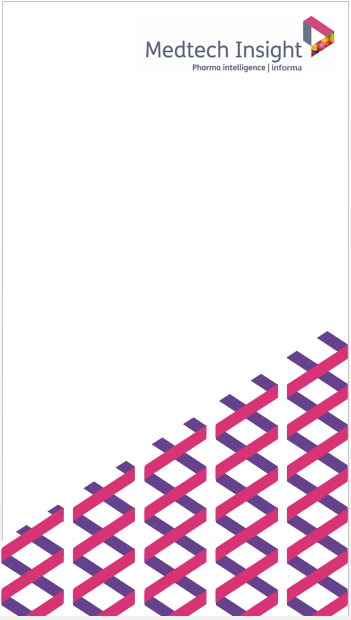Report Detail

Purchase Price: $4,750.00
U.S. Markets for Critical Care and Patient Monitoring Products
Today, nearly every hospital unit in the United States (U.S.) has a significant percentage of seriously ill, high-risk, or unstable medical or surgical patients who require intensive and vigilant monitoring using advanced technology and equipment. These critical patients may be assessed and monitored on general medical or surgical wards or they may be admitted to specialty units such as burn units, cardiovascular intensive care units (ICUs), coronary care units, emergency departments (EDs), ICUs, medical ICUs, neurosurgical and neurological ICUs, respiratory ICUs, neonatal ICUs, pediatric ICUs, post-anesthesia care units (PACUs), and surgical ICUs. Critical care units are the most expensive care sites in the U.S. healthcare system, accounting for 30% to 40% of a typical hospital’s total budget. Despite the costs involved, however, critical care is one of the fastest-growing specialties in healthcare.
This report analyzes the U.S. market for critical care patient monitoring products for the years 2002 through 2012. Multiple methodologies, allowing estimates to be cross-checked for accuracy, were used to obtain market, product and technology, and supplier data, and to develop projections of future market segments. Personal interviews were conducted with company presidents, marketing executives, business development executives, and leading researchers and technical experts in the field. Interviews included questions regarding the most promising emerging technologies under development, key areas of application,
technological and market limiters, key companies, and barriers to market expansion. The benefits and shortcomings of existing technologies and products, and new product features and capabilities desired were also discussed; information was also obtained on relevant new research developments and new products under development. Information obtained from secondary data sources includes statistics provided by U.S. Department of Health and Human Services’ Centers for Medicare & Medicaid Services and the National Center for Health Statistics, numerous publications in the scientific and trade literature, and company financial reports and product catalogs/price lists. A proprietary computer forecasting model, based on fundamental forecasting principles and employing a rate factor to determining the speed with which the market develops, is used to derive market estimates for future years.

